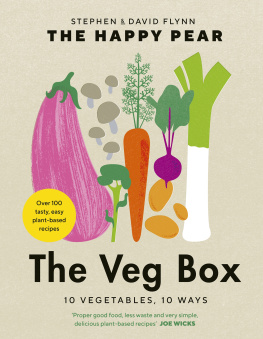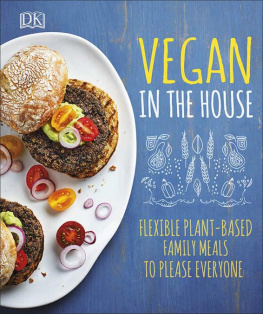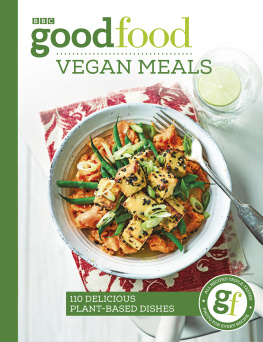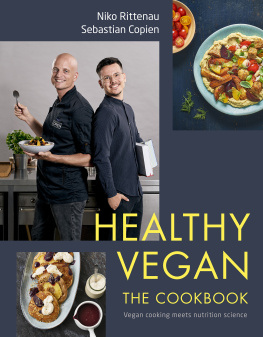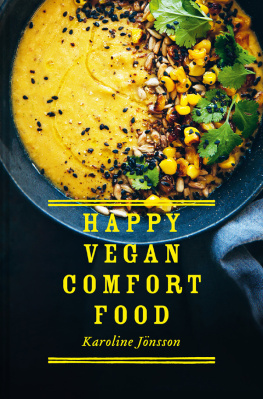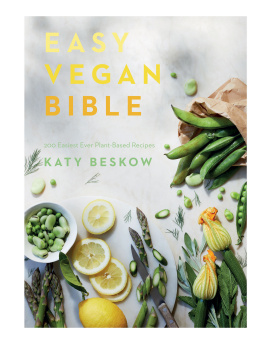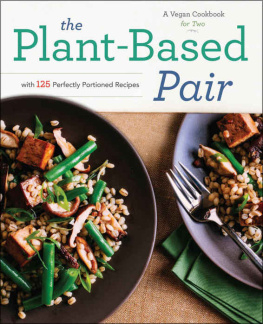PENGUIN BOOKS
UK | USA | Canada | Ireland | Australia
India | New Zealand | South Africa
Penguin Books is part of the Penguin Random House group of companies whose addresses can be found at global.penguinrandomhouse.com.

First published 2020
Text copyright David and Stephen Flynn, 2020
Photography copyright Alistair Richardson, 2020
The moral right of the copyright holders has been asserted
Designed by Hart Studio with additional work by Gail Jones and Viki Ottewill
Colour reproduction by Altaimage Ltd
ISBN: 978-0-241-98759-9
This ebook is copyright material and must not be copied, reproduced, transferred, distributed, leased, licensed or publicly performed or used in any way except as specifically permitted in writing by the publishers, as allowed under the terms and conditions under which it was purchased or as strictly permitted by applicable copyright law. Any unauthorized distribution or use of this text may be a direct infringement of the authors and publishers rights and those responsible may be liable in law accordingly.
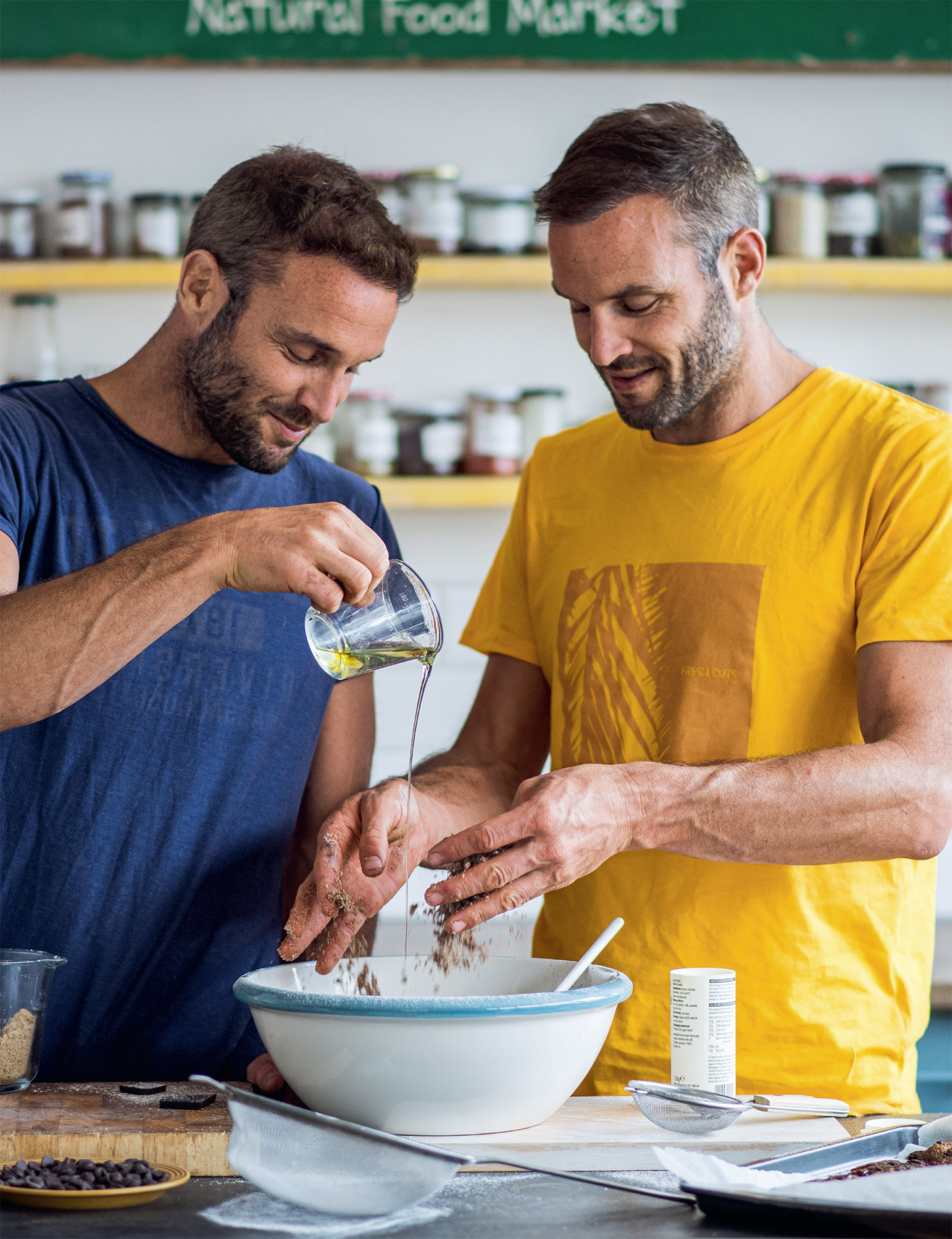
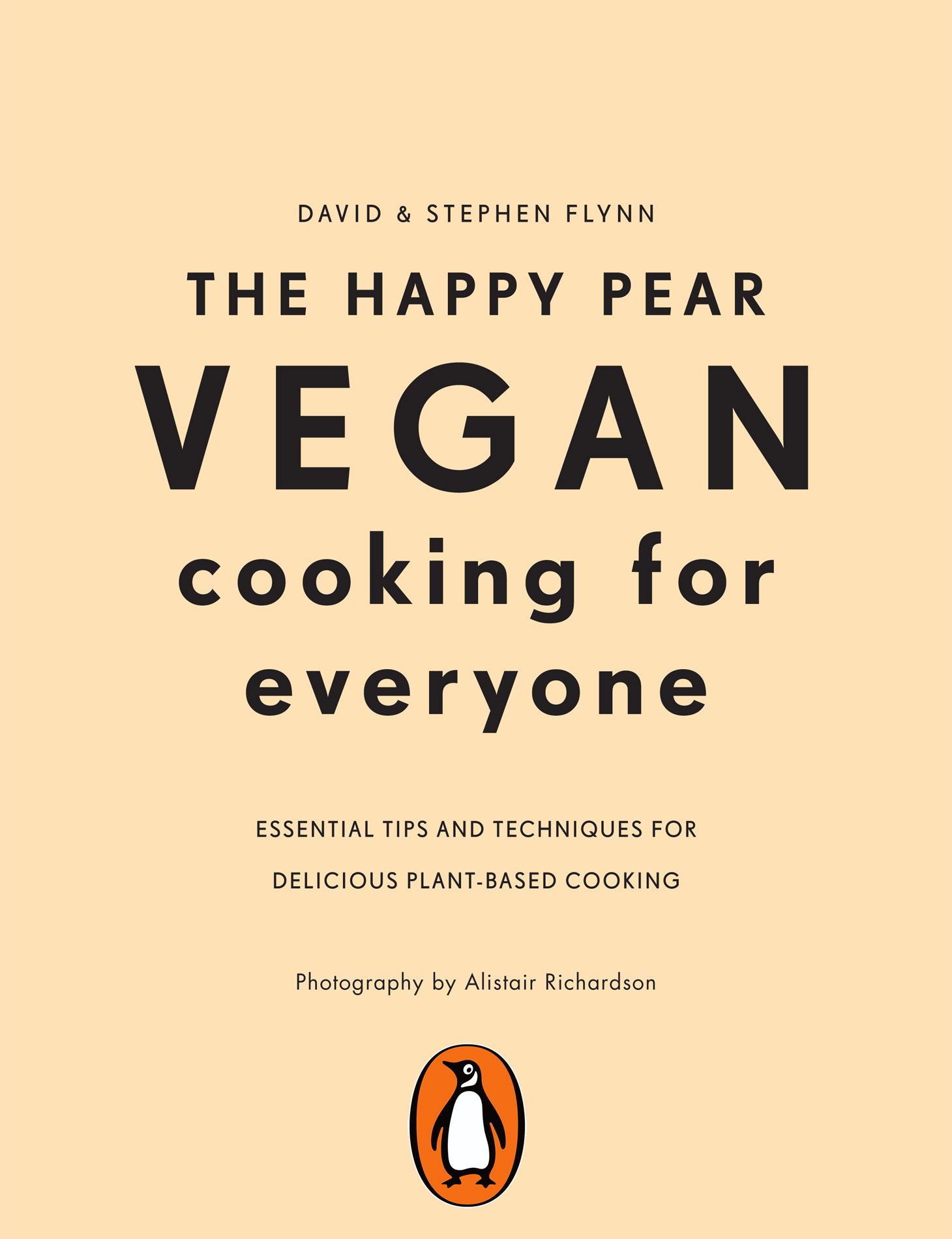
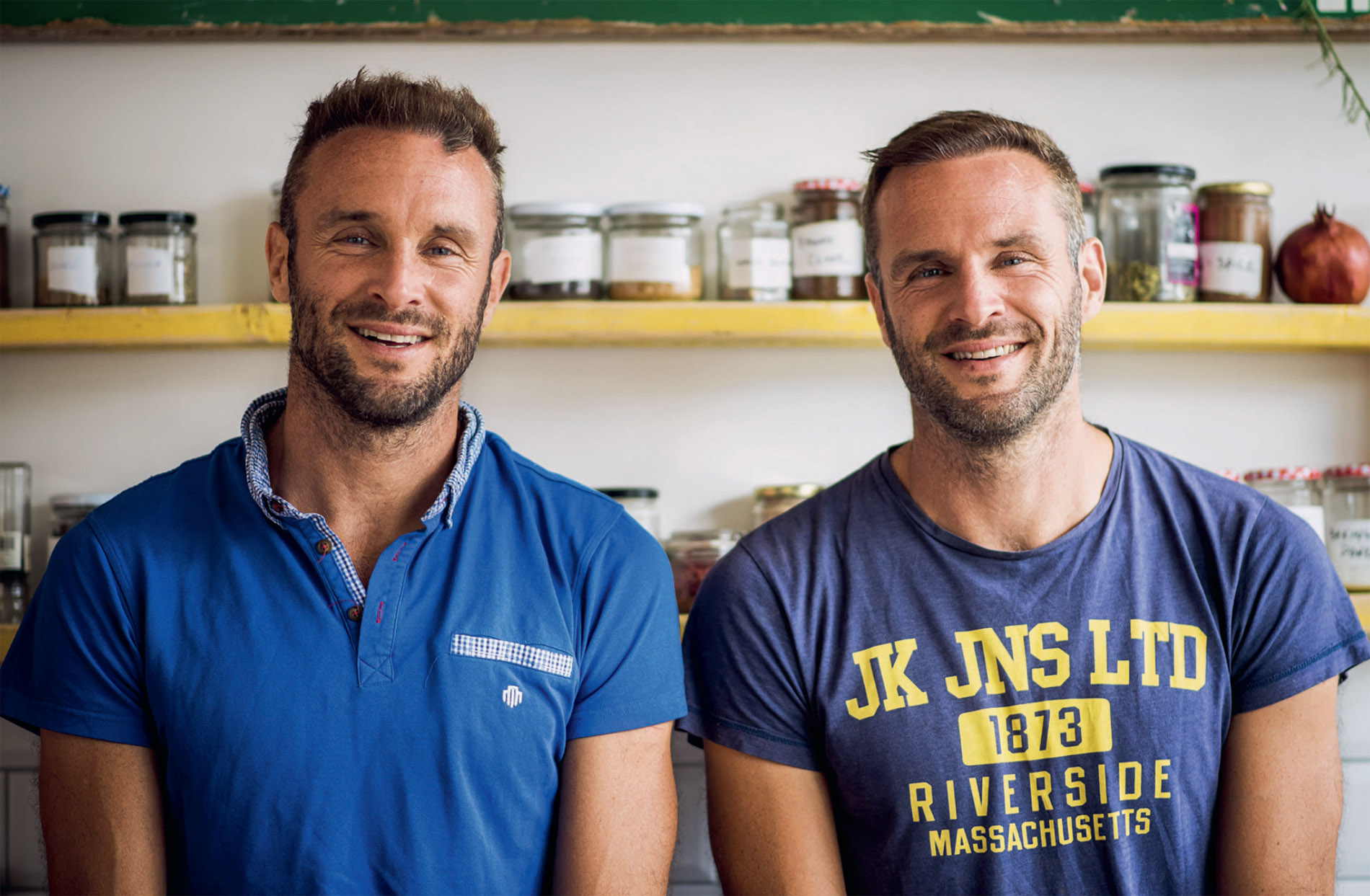
INTRODUCTION
Would you love to cook more but dont know where to start?
Do you like cooking but feel lost without a recipe, envious of people who can conjure a meal out of a handful of bits and pieces from their store cupboard?
Or having heard so much talk about the benefits of plant-based eating both for health and for the planet would you like to eat more veg? Or are you already vegetarian or vegan but need some inspiration?
Well, you are holding the answer to all these questions welcome to Vegan Cooking for Everyone !
This is our biggest ever cookbook, with nearly 250 recipes, but more than that, we will walk you through the basics of how dishes are created so that even when you dont have a recipe you will have no problem creating a meal. Everything you need to know is broken down into its essential elements and explained clearly.
We never thought we would become competent vegan chefs. But after cooking in our own caf and restaurant kitchens for over a decade, having written three bestselling cookbooks and having our recipes viewed 20 million times online, we understand what is essential (and what is not) and have done our best to distil our knowledge into this book.
We believe that understanding how ingredients come together and getting to grips with some simple techniques will give you freedom and confidence in your kitchen. You can still continue to use cookbooks (we hope you do!), but youll be able to adapt recipes to suit yourself and you wont need a cookbook to create great dishes. Keep reading and we will teach you how to cook exceptional vegan food.
* * *
Vegan used to be a divisive word. When we changed from being stereotypical meat-eating, beer-drinking jocks to eating a plant-based diet nearly 20 years ago, most people thought we had lost the plot. We had discovered vegan eating separately on our travels after college and it just felt right for both of us, and weve never looked back. We knew we felt great and the more we looked into it, the more we understood the health benefits of our new way of eating.
Following a plant-based diet also made us realize that food isnt just about our next meal, but that what we eat affects the environment, the climate and the economy. It gave us a sense of connection with our community and the planet as a whole.
We used to seem like way-out idealists talking about all this, but this thinking is becoming increasingly mainstream. Plant-based eating is no longer seen as a fad, but is about making a positive choice. And you dont have to go totally vegan to make that choice just mixing up your diet and having more plant-based meals is good for your wallet, your waistline and the world.
So when we say for everyone in the title of this book, we really mean it the more the merrier. If youre just dipping your toe into vegan waters, come on in! The book has lots of simple and delicious vegan recipes that will become new favourites. And you can also start to experiment and explore possibilities you might never have imagined. With Vegan Cooking for Everyone as your guide, you will discover an approach to cooking that will liberate and inspire you. We would go so far as to say that this book could revolutionize your life!
HOW TO USE THIS BOOK
Weve done things differently in this book. First, we have included a certain amount of key information at the start of each chapter before you get stuck into the cooking. Second, we havent presented the recipes in the traditional format ingredients, method and a picture. Instead, we have put the recipes into handy frameworks. Each framework gives you multiple sets of ingredients, arranged in columns, and these all follow the same cooking instructions so with each framework you are getting up to five recipes for the price of one!
For simplicity, each framework comes after we set out the shared step-by-step method for making the recipes it includes so youll understand how everything comes together before you decide which variation you want to try first. For example, our wholefood burgers framework (.
By presenting the recipes this way, we want to demystify them and to show you that apparently different recipes have common elements. Once you see and understand how recipes are structured youll be liberated you can follow our recipes, vary them or even come up with your own!
But before we get to the recipes, first lets talk about the foundations of all good food, not just vegan cooking: the five basic flavours and how to balance them, flavour agents and seasoning, texture and garnishes. Once youve got a handle on all that, you can fearlessly dive into the cooking.
THE FIVE BASIC FLAVOURS AND HOW TO BALANCE THEM
There are five tastes that are the foundation of the flavours in every recipe: salty, bitter, sweet, sour/acid and umami. Some tastes can be stronger in certain dishes than others, but making the perfect dish is all about balancing these flavours and creating harmony.
1. Salty
Salt has the greatest capacity to add flavour of any of the five elements. Salt minimizes bitterness, balances sweetness, develops aromas and unlocks flavours. When a recipe says season to taste, this generally refers to adding salt until the dish tastes balanced. If you havent added enough salt no amount of fancy cooking techniques will make up for it, so learning to season properly with salt is one of the most essential aspects of good cooking.
This doesnt mean that you need to add more salt to your food, but rather, that you should use salt better. Salt breaks down the external cell walls in fruit and veg and allows flavours to marry together, which is why you should add it while boiling, sweating or frying veg or cooking grains, so you season them from the inside and not just at the end of the cooking time before serving. It also creates and accentuates the contrast between flavours, such as the differences between sweet and sour.
When food tastes flat and bland the most common problem is a lack of salt, so try adding a little more salt before you look to the other elements of flavour. Take a spoonful of the dish, sprinkle it with a tiny amount of salt, taste it and see if that makes the dish taste better. If it does, season the whole dish by adding more salt.
Next page

